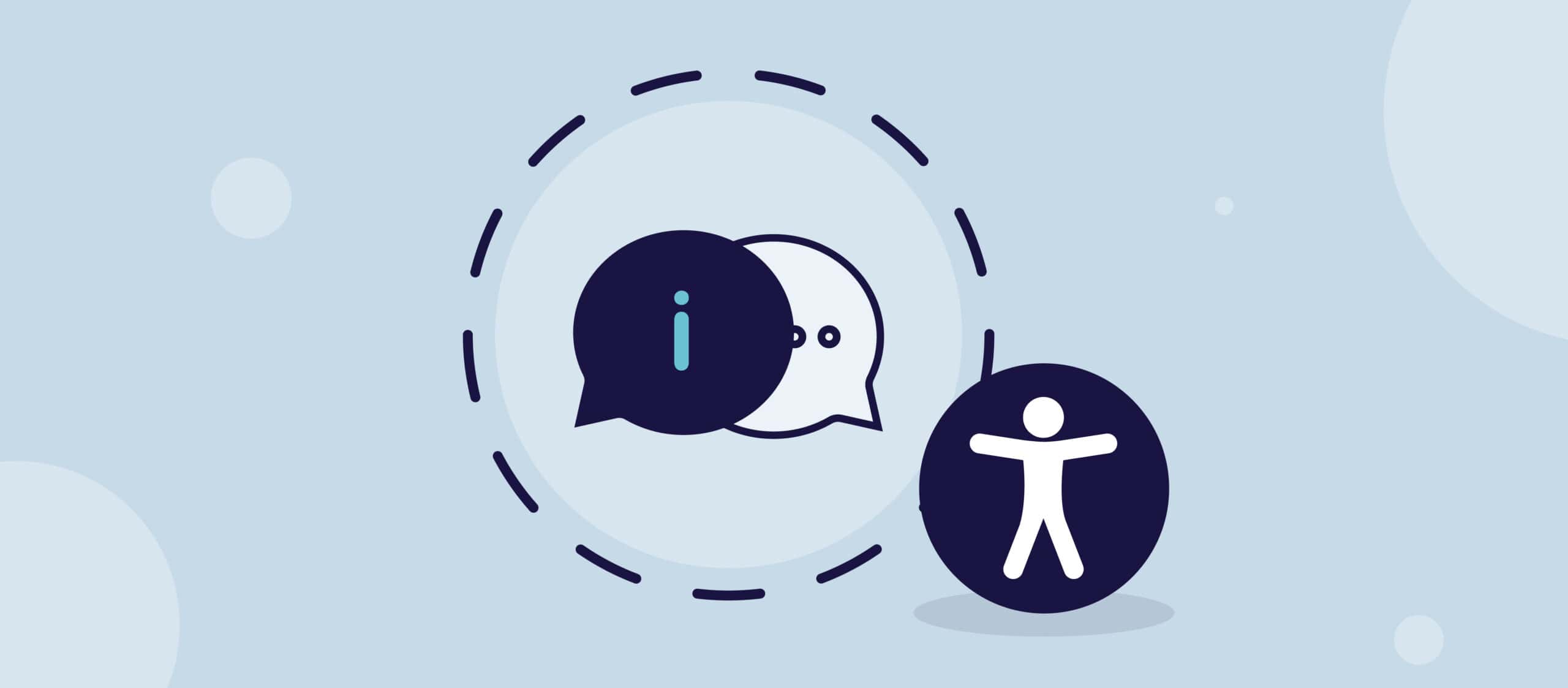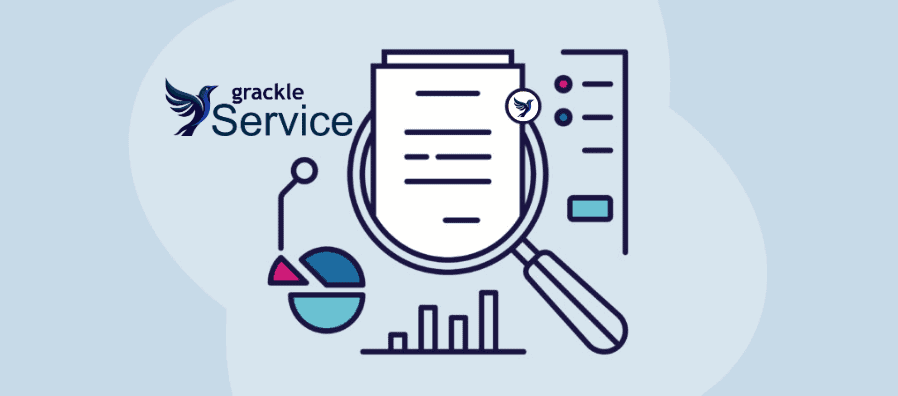In an era dominated by the rapid digitization of almost every facet of our lives, the term ‘global language’ has taken on a new meaning. Beyond the confines of spoken dialects and regional tongues, a new form of communication emerges that unites people irrespective of their physical or cognitive abilities. It’s the language of digital accessibility.
Understanding the Lingua Franca of the Digital Age
To comprehend the gravity of digital accessibility, imagine the internet as a sprawling metropolis. Each website, app, or platform is a building within this city. Imagine if many of these structures lacked ramps, elevators, or clear signage. This effectively bars entry to those who need these amenities—a similar outcome to an inaccessible digital space.
Digital accessibility encompasses practices, tools, and standards designed to make the digital world usable to everyone, particularly individuals with disabilities. It ensures that all content, from videos to applications, is equally perceivable, understandable, and navigable to all users.
Why Accessibility Resonates Globally
A Reflection of Universal Rights
Digital accessibility isn’t a mere courtesy—it’s a reflection of fundamental human rights. The United Nations Convention on the Rights of Persons with Disabilities recognizes accessibility as a central component to enabling participation in society on an equal basis. Thus, ensuring digital platforms are accessible upholds these rights.
A Global Population’s Needs
The World Health Organization estimates that over a billion people have some form of disability. As services, education, and even socializing continue to shift online, neglecting accessibility means sidelining a sizable portion of the global populace.
The Expansion of Tech Beyond Borders
Tech giants like Google, Apple, and Microsoft, and social platforms like Facebook and Twitter, don’t just cater to local audiences. They’ve embedded themselves across continents and cultures. As such, their responsibility is twofold: to ensure their products are universally accessible and to set industry standards that prioritize inclusion.
How Digital Accessibility Functions as a Global Language
Universal Design Principles
At the heart of accessibility are universal design principles—guidelines ensuring that environments, products, and tools can be used by everyone, to the greatest extent possible, without the need for adaptation. When digital platforms embrace these principles, they resonate with a global audience.
International Guidelines and Standards
Initiatives, like the Web Content Accessibility Guidelines (WCAG), present internationally recognized standards for digital accessibility. By adhering to such globally accepted norms, organizations ensure they speak the same digital ‘language’ as their counterparts across the globe.
Tech Innovations Breeding Global Solutions
Technological advancements, like AI-driven assistive tools or voice search functionalities, aren’t just local phenomena. Their impact reverberates worldwide. By incorporating these innovations, digital platforms align with a global trend toward greater accessibility.
The Tangible Impact of This Universal Language
Business Expansion and Growth
Businesses that adapt to the global language of digital accessibility unlock new markets and audiences. An accessible platform means a broader user base, enhancing growth potential.
Enhanced Innovation
Businesses innovate when they cater to a diverse user base with varied needs. This often leads to developing superior products and solutions that benefit everyone, not just those with disabilities.
Brand Recognition and Reputation
In an age where corporate social responsibility is pivotal, businesses prioritizing accessibility stand out. They’re recognized as forward-thinking and socially responsible, enhancing their global reputation.
Legal Safeguarding
With numerous countries legislating digital accessibility, organizations that adhere to these standards are better positioned to navigate the global digital landscape without legal entanglements.
The Path Forward: Nurturing This Global Language
For digital accessibility to truly become the world’s universal language, there’s a collective role to play:
- Education: Stakeholders, from developers to business leaders, need awareness and training on the significance of digital accessibility.
- Collaboration: Global tech players must collaborate to establish and uphold consistent standards.
- Feedback: User feedback, especially from those with disabilities, is invaluable. It guides improvements and ensures platforms remain universally usable.
- Ongoing Adaptation: The digital realm is ever-evolving. Thus, digital accessibility isn’t a one-time achievement but an ongoing commitment.
All of that to say…
Digital accessibility, as the global language of the 21st century, weaves a tapestry of inclusivity, diversity, and universal rights. Embracing it isn’t just about adapting to the times—it’s about spearheading a movement that heralds a more inclusive, connected, and understanding global community. As the digital age propels us into an interconnected future, let accessibility be the language that binds us all.


